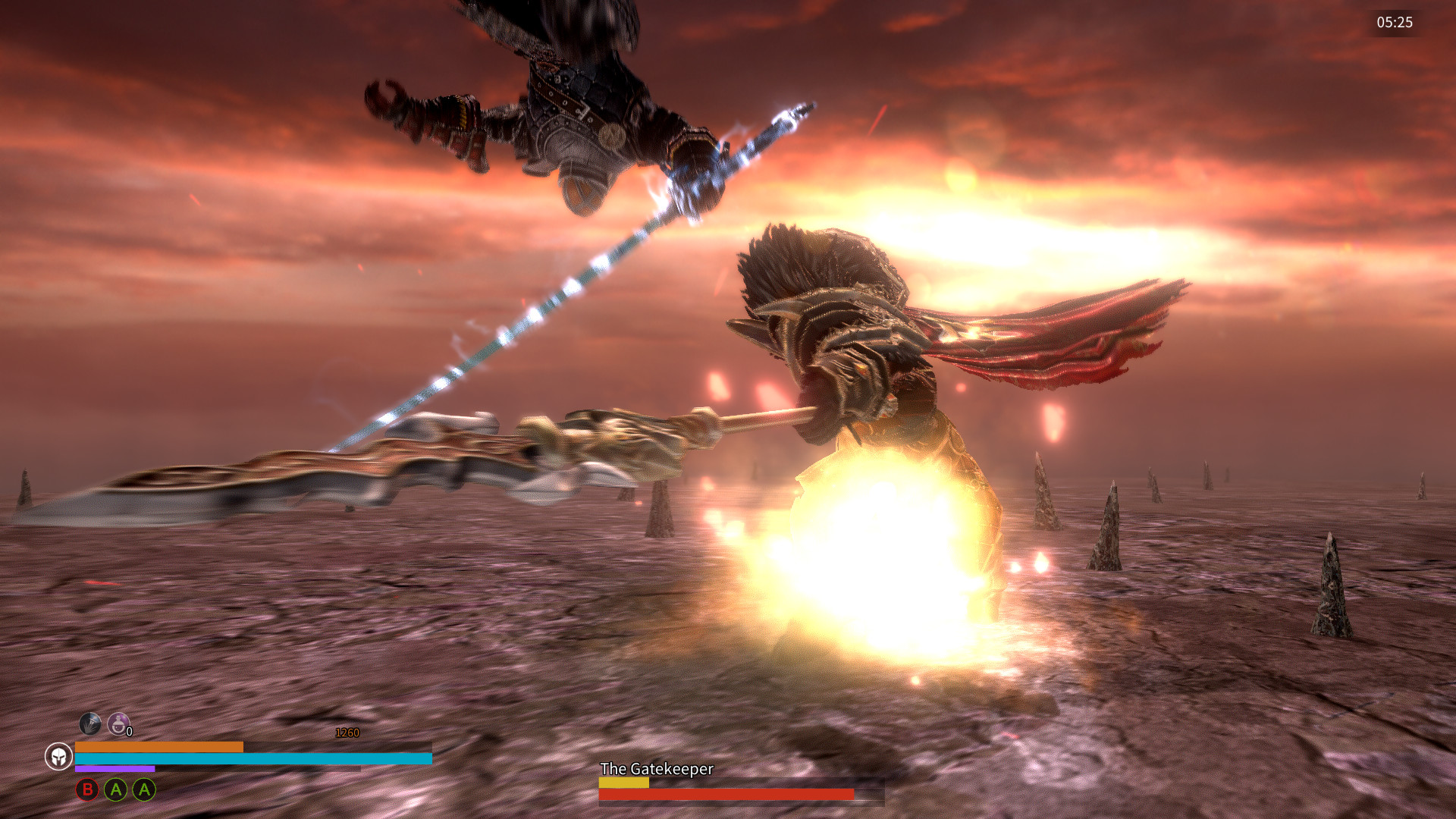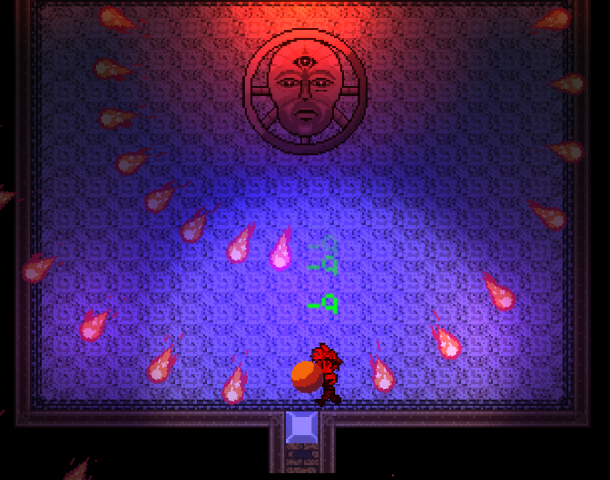- Meaning - forbiddingly stern; severely simple Usage - The headmaster's austere demeanor tended to scare of the more timid students, who never visited his study willingly; The room reflected the man austere and bare like a monk's cell, with no touches of luxury.
- OS X 10.12 was expected to be the name of the 2016 Mac operating system update, following OS X 10.11, but Apple opted to change the name of its Mac operating system to 'macOS' to bring it in line.
Academia.edu is a platform for academics to share research papers.
From DoomWiki.org
The Apple Macintosh line of computers received ports of The Ultimate Doom, Doom II, and Final Doom between 1994 and 1996, each of which were sold as separate products. The porting work was performed by Lion Entertainment, Inc., under license from id Software and with GT Interactive as distributor.
The versions of Doom for Apple Macintosh are informally often referred to as MacDoom.
Features[edit]

The Macintosh port of Doom, unlike the equivalent Doom95 for PCs, is integrated tightly with the classic Mac OS operating system, with ability to be launched from the Finder, a menu bar, and custom command key shortcuts for various in-game menu options. Messages given by the game, such as the question asked when the player requests to quit, are actual Mac OS dialogs with the Doomguy's face for an icon.

In addition to the PC's low/high detail toggle, the Macintosh adds support for 640x400 resolution as a 'large graphics' mode. There is no support for aspect ratio correction, however, so the game will appear slightly flattened on the Macintosh's square-pixel display relative to its appearance on the PC.
Rather than supporting MUS, music is played from a set of external MID! files (a QuickTime-specific form of MIDI) stored in a Music folder alongside the game's WAD file and executable. Some of the MIDIs contain discrepancies between repeats of the same song.
During the special start-up credits sequence, a built-in frontend can be launched by pressing the S key, for configuring multiplayer games, adding WAD files, warping to various levels, and controlling other options.
Network multiplayer is supported over AppleTalk and IPX protocols.
System requirements[edit]
The Macintosh port had the following minimum system requirements:
- Motorola 68040 or PowerPC processor
- Mac OS 7.1 or up (not compatible with Mac OS X, requires emulation or use of Classic Environment).
- 8 MB RAM
- 18 MB hard drive space for optimal performance; the games could run off the CD-ROM, but without music and with framerate issues.
- 8-bit graphics mode
- 2x CD-ROM drive for installation
Screenshots[edit]
File menu for loading, saving, starting, and quitting games.
A quit message dialog
Animus Strife Mac Os 11
Physical media[edit]
The Ultimate Doom CD-ROM
Final Doom CD-ROM
Trivia[edit]
Animus Strife Mac Os Catalina
- When its proprietary bootloader was cracked in 2019, it was found out that the obscure and rare Apple Pippin console is capable of playing the Macintosh version of Doom, albeit at low graphical detail and at 70% screen size.
Mac Os Catalina
Retrieved from 'https://doomwiki.org/w/index.php?title=Doom_(Apple_Macintosh)&oldid=258327'